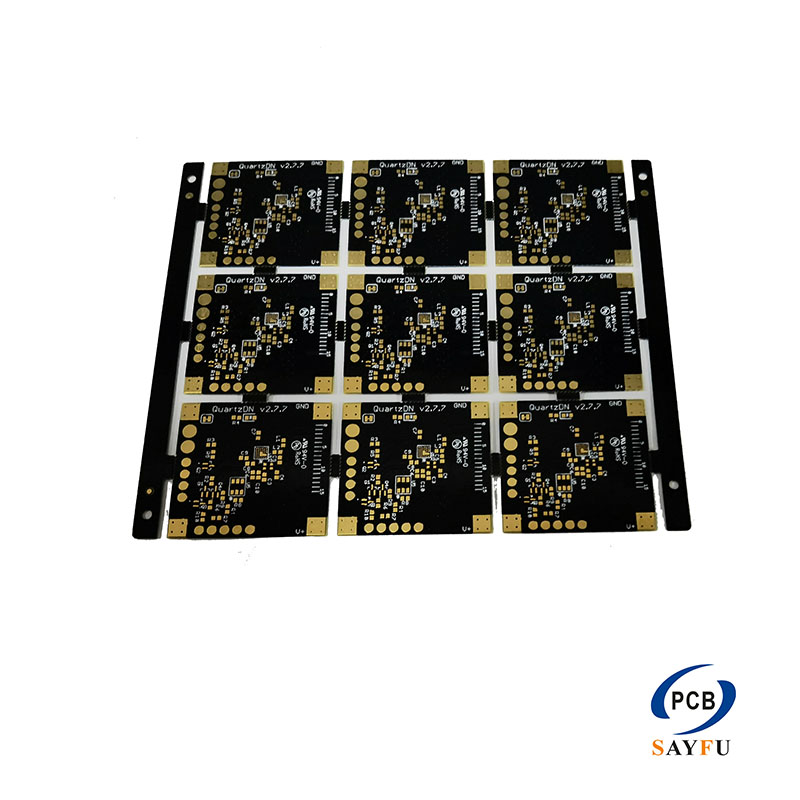What is Hybrid PCB?
Hybrid board refers to a printed circuit board (PCB) that is made by bonding two different materials together in a single sheet of the board.
It can be imagined as a “sandwich” structure, but each layer of this sandwich could have different types of bread or fillings. For instance, some layers use the conventional FR-4 material, while others use high-frequency, high-speed or special-performance materials (such as Rogers, Taconic, etc.).
Main purpose and advantages:
Optimizing performance and cost: High-frequency/high-speed materials (such as Rogers) have excellent performance but are expensive. Ordinary FR-4 materials have lower costs but poor high-frequency performance. Hybrid PCB only use high-performance materials in the critical layers where high-frequency signal transmission is required (such as the RF circuit layer), while using FR-4 materials for other layers (such as the power layer, ground layer, and ordinary signal layer). This way, while ensuring overall performance, the cost is significantly reduced. Satisfy different circuit requirements: On a complex PCB, there may simultaneously exist RF circuits, high-speed digital circuits and ordinary low-voltage circuits. The hybrid PCB technology can provide the most suitable “foundation” for each type of circuit, ensuring signal integrity.
Solving the problem of thermal expansion coefficient matching: In certain cases, using a hybrid pressure structure can better match the thermal expansion coefficients of different materials (such as PCB and ceramic components), thereby enhancing the reliability of the product.
Common types of Hybrid PCB:
FR-4 + High-frequency material: This is the most common type, widely used in the RF/microwave fields such as communication base stations, radars, and satellite communications.
FR-4 + High Tg Materials: In situations where high temperature resistance is required, materials with a high glass transition temperature may be used in the critical layers.
The core board and prepreg use different materials: this is also a form of hybrid pressing.
